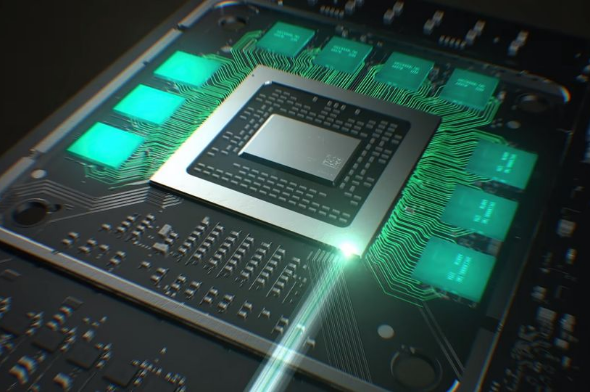Connection to DriversCloud Create a DriversCloud.com account Reset your DriversCloud.com password Account migration
DirectStorage and Forspoken: between controversy and questionable interest of Microsoft technology
False alarm from Germany, but everything remains to be done for Microsoft and its DirectStorage.
For several months (years?), Microsoft has been predicting a future of almost instantaneous loading in any PC game. A future that we should be able to touch thanks to the DirectStorage technology that has been in development for a long time and that has just been made available with the release of Forspoken by Square Enix. Developed by Luminous Productions, the action-RPG game is indeed the first in a long line of titles to allow the graphics card to directly access the data stored on the storage unit, without having to go through the CPU intermediary.
The Germans at PC Games Hardware were quick to test this as quickly as possible and compared three otherwise identical configurations: the first was equipped with a SATA SSD, the second with a PCIe 3.0 NVMe SSD and the last with a PCIe 4.0 NVMe SSD. Problem is, while we expected to see a little better on the two SSDs and maybe a little more on the NVMe SSD in PCIe 4.0, the opposite happened. In fact, the SATA SSD-based PC was able to average about 10 frames per second above the NVMe SSD-based machines. Fortunately, this difference in performance didn't have too much of an impact since on the least fluid 1% of the bench, the average is nearly identical. To put it simply, the three machines were roughly even with a SATA SSD PC that could go higher, but NVMe SSD PCs that were more stable.
If you didn't understand the previous sentence, you don't need to worry about it: PC Games Hardware's conclusions are completely wrong, due to a big mistake in the methodology found by other Germans, those of ComputerBase. Indeed, PC Games Hardware had made the mistake of measuring the whole benchmark sequence, including the loading phases. Without any animation, these phases obviously allow to reach peaks in number of images per second and while shorter loading times should be the strength of the NVMe SSD in DirectStorage, this almost turns against it by artificially increasing the number of images per second of the SATA solution.
FPS in @Forspoken using NVMe and SATA drives not including the very high FPS at (longer) loading periods (on SATA) ssds in the results: There is no negative impact from #DirectStorage. btw. it should also be active on SATA anyway, it's not limited to NVMe pic.twitter.com/if0p7EHEfP
- ComputerBase ????️ (@ComputerBase) January 27, 2023
So thankfully, ComputerBase was able to dot the "i "s and keep the controversy from escalating. That said, the results of our German runners-up could well give rise to a second controversy. Indeed, with strictly identical performances between the SATA and NVMe solutions, it is difficult to see the interest of the DirectStorage technique. Perhaps it reduces the loading times of the levels, but ComputerBase does not say so. In principle, beyond these loading times, DirectStorage should also improve the general performance of our games, but perhaps for that we will have to wait for other, more optimized games.





